The Volvo PV544 Sport is one of the more desirable versions of Volvo’s iconic PV series of cars that were introduced in 1944 and then produced until 1969 – a remarkable 25 year lifespan.
The reason the Volvo PV544 Sport is in higher demand lies in its engine bay, it’s powered by the Volvo B18D engine producing 90 bhp thanks to performance upgrades including twin SU carburetors. It may not sound like much today but power-wise it was on-par with the Porsche 356 of its era.
Fast Facts – The Volvo PV544 Sport
- The Volvo PV series of cars was developed by the Swedish automaker during the Second World War, taking some inspiration from American automobile design from earlier in the 1940s. The Volvo PV444 was unveiled in 1944 and orders flooded in from across Sweden and Scandinavia, however production wouldn’t begin until 1947.
- The Volvo PV444 was a relatively simple car, with a unibody shell, independent front suspension and a live axle rear. Power was provided initially by a 1.4 liter inline-four cylinder engine which was upgraded over time to a more powerful 1.8 liter unit.
- The Volvo PV544 appeared in 1958 and it included numerous upgrades, engine power continued to grow and the vehicle’s reputation for toughness proved well-founded as it won a slew of rallies including the Safari Rally in 1965.
- The car you see here is a rally-prepared Volvo PV544 Sport, it’s powered by a modified B18 1.8 liter engine and it’s approved by the FIA and ready for competition in Appendix J.
The Volvo PV544 Series
The Volvo PV544 and the PV444 model that preceded it are undoubtably among the most important models ever made by the Swedish company. They helped establish the reputation for toughness and reliability that defined Volvo in the period, and they set the groundwork for the Volvo Amazon and Volvo P1800 that would follow.
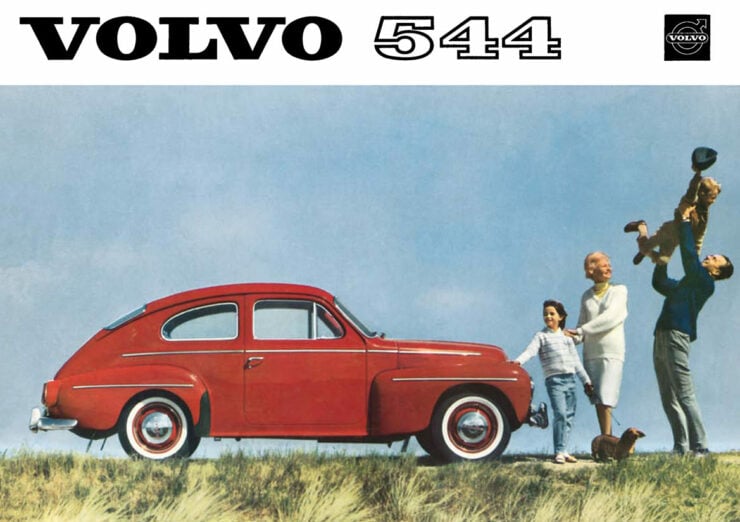
Period ads for the Volvo PV544 typically included families, despite the car having only two doors it had five seats and was intended for family use.
During WWII Volvo engineers were hard at work on a new car for the post-war world, they settled on an advanced (for the time) unibody shell design with two doors, seating for four, and a traditional front engine, rear wheel drive layout.
Prospective buyers in Sweden and across Scandinavia were aplenty from the moment the car was first publicly shown in 1944. There had been a critical shortage of new automobiles due to the ongoing war, as well as limited raw materials and reduced factory production capacity.
These same limitations would keep Volvo from getting the car into production until 1947, by which time there was an order list a mile long. The first car in the series was the Volvo PV444, it was powered by a simple inline-four cylinder engine with overhead valves, a displacement of 1.4 liters, and 44 bhp.
The car proved reliable and tough, well suited to the varied terrain and weather of the far north.
The Volvo PV544 was introduced approximately a decade later, it included a raft of improvements and upgrades including a new curved one-piece windscreen, a wider back seat to accommodate three people, larger taillights for better visibility, a 4-speed transmission to replace the earlier 3-speed, and engines were progressively upgraded to produce more power.
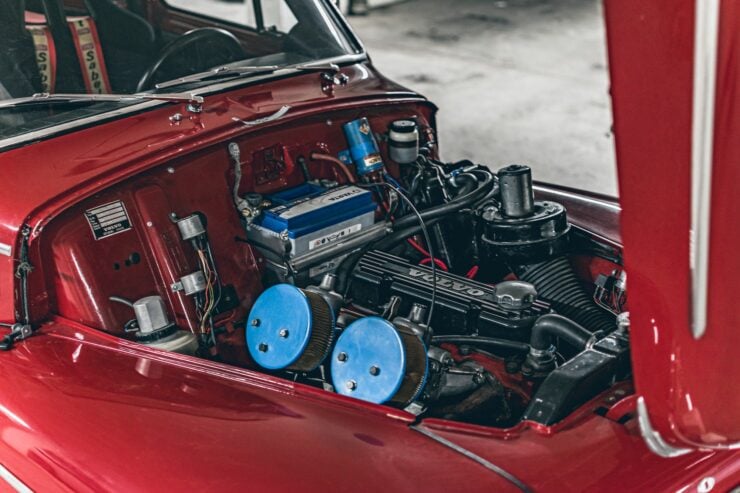
This rally-prepared Volvo PV544 is powered by a modified B18D engine fitted with twin SU carburetors and sending power back through a 4-speed transmission.
In 1962 the 1.6 liter engine was upgraded to the 1.8 liter unit that was offered in two key variants, the single carburetor B18A and the twin carburetor B18D which was called the Volvo PV544 Sport.
The B18D engine fitted to the PV544 Sport was good for 90 bhp at 5,000 rpm and 105 lb ft of torque at 3,500 rpm. Given the relatively low curb weight of the PV544 at 2,160 lbs or 980 kgs the Sport version was capable of covering the 0-62 mph dash in just 10.5 seconds and onto a top speed of nearly 100 mph.
The Volvo PV544 would be replaced permanently with the Volvo Amazon after 1965, interestingly the two cars were actually produced side by side for a number of years – such was the popularity of the earlier PV models.
The Volvo PV544 Sport Shown Here
The Volvo PV544 Sport you see here started life as a stock 1965 model, a popular year for the car given that it benefitted from years of incremental upgrades throughout its 25 year lifespan.
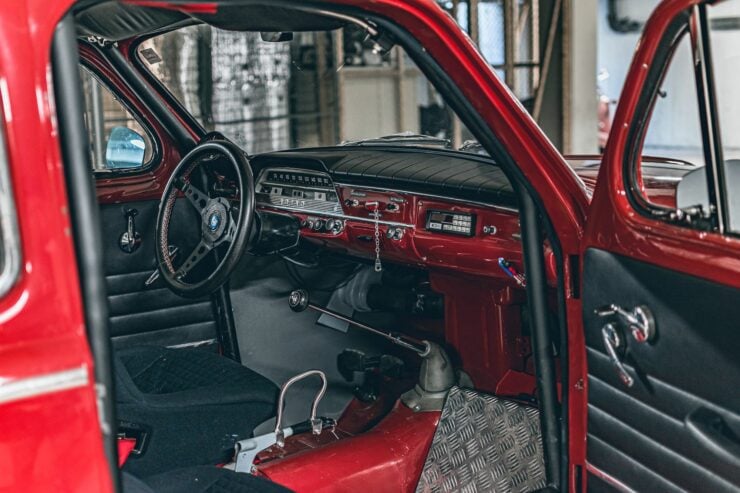
The interior has been significantly upgraded for rallying, with race-ready seats and harnesses, a full roll cage, a rally computer, and various safety features for FIA approval.
Under the hood you’ll find a modified version of the period-correct B18D engine that’s fitted with twin SU carburetors wearing individual air filters. Power is sent to the rear wheels via a 4-speed manual transmission and it rides on 13″ steel wheels fitted with Avon tyres.
This car was originally converted for rallying by Swedish rally driver Karl-Gustav “Knaggen” Backström, who took the car to a third place finish in the 1969 Kulsvängen rally.
It’s now fully approved by the FIA and ready for competition in Appendix J and just needs a new owner to take it out and get it sideways.
The car is now being offered for sale by Collecting Cars out of Stockholm, Sweden. If you’d like to read more about it or place a bid you can visit the listing here.
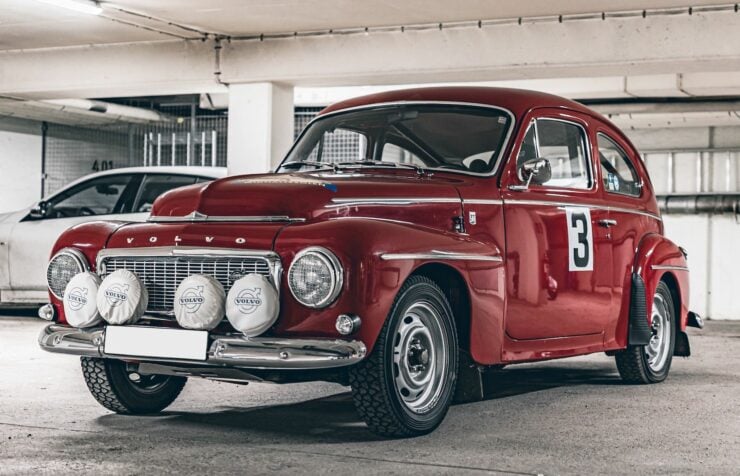
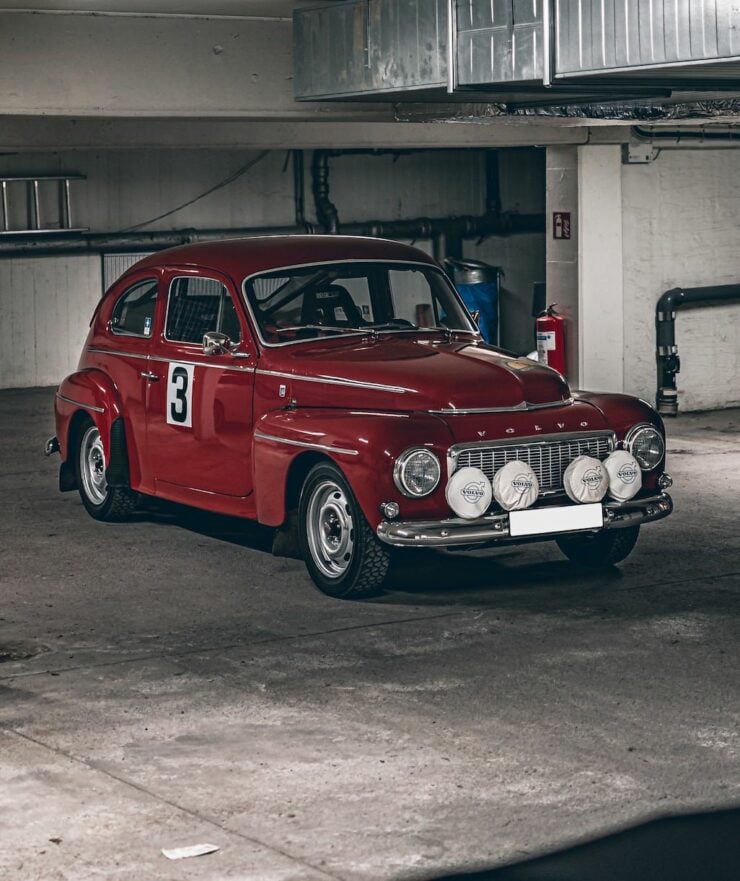

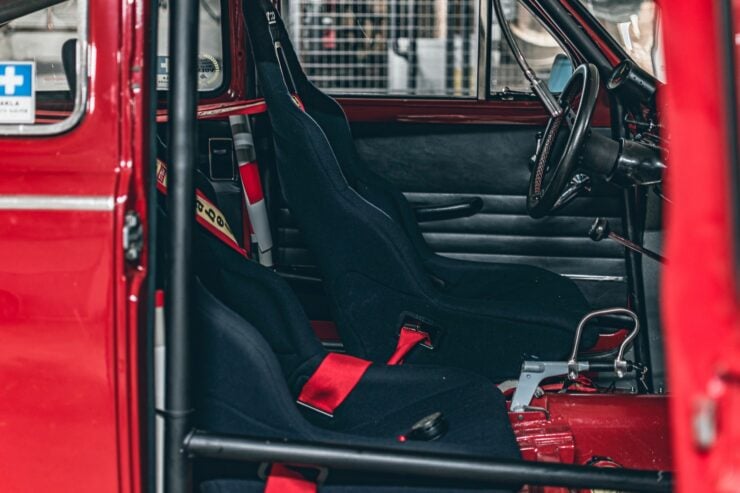

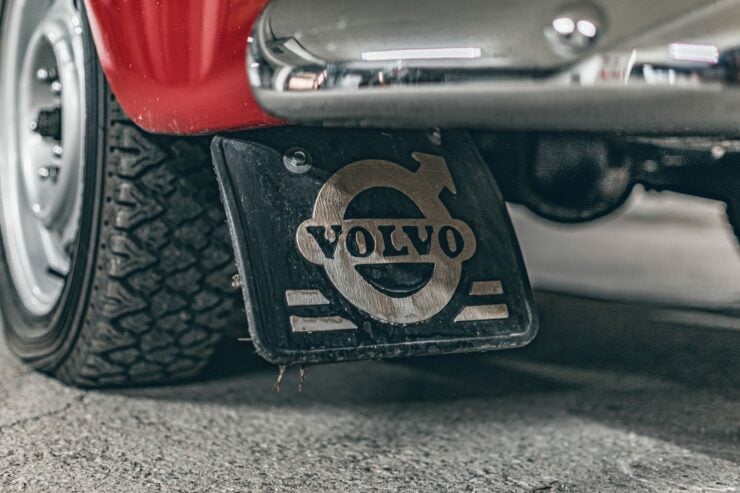
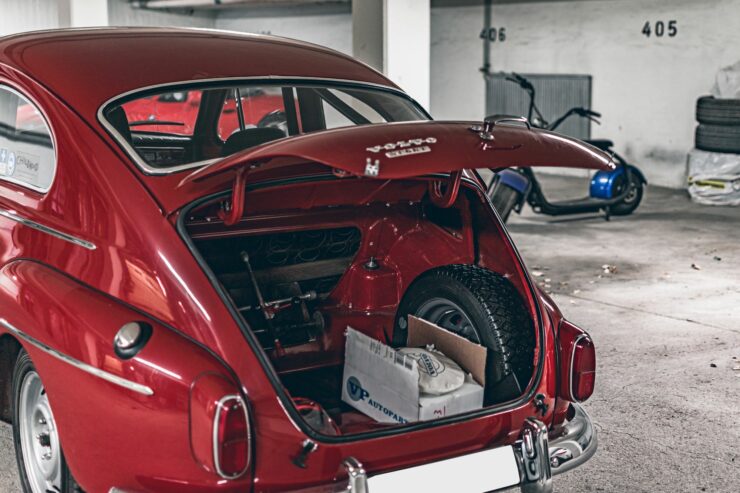
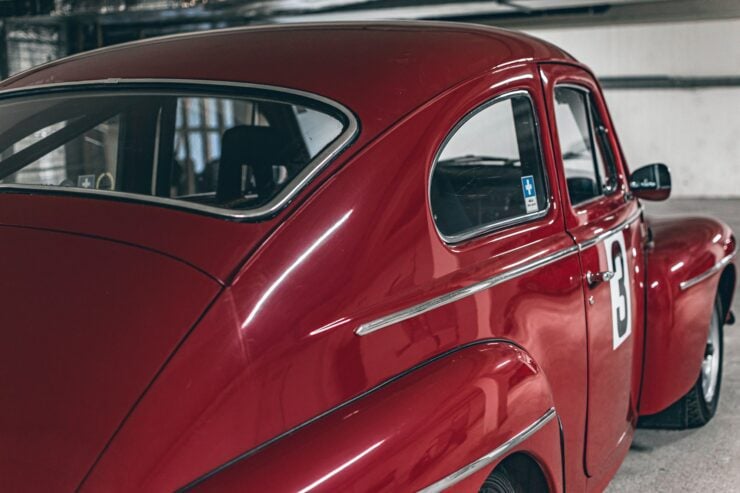

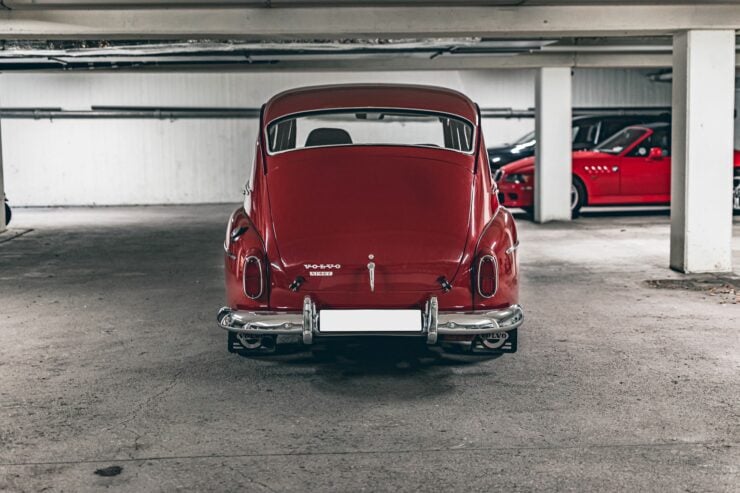
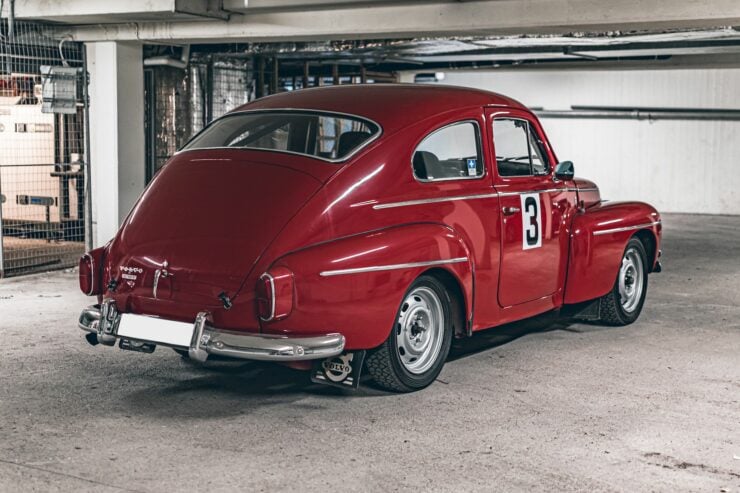
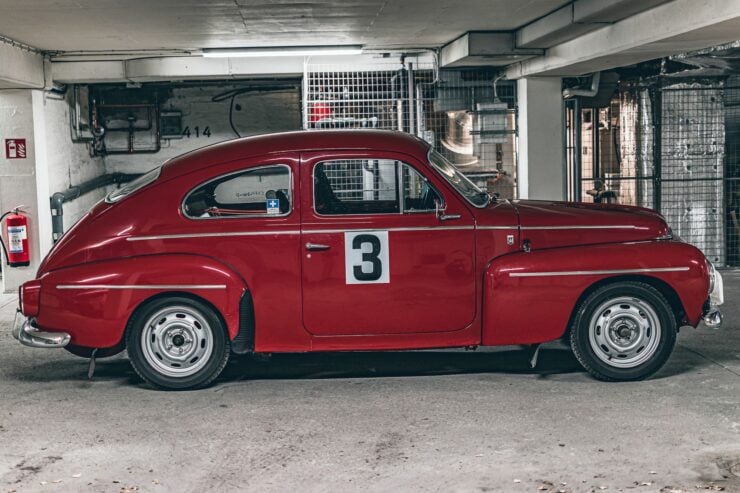
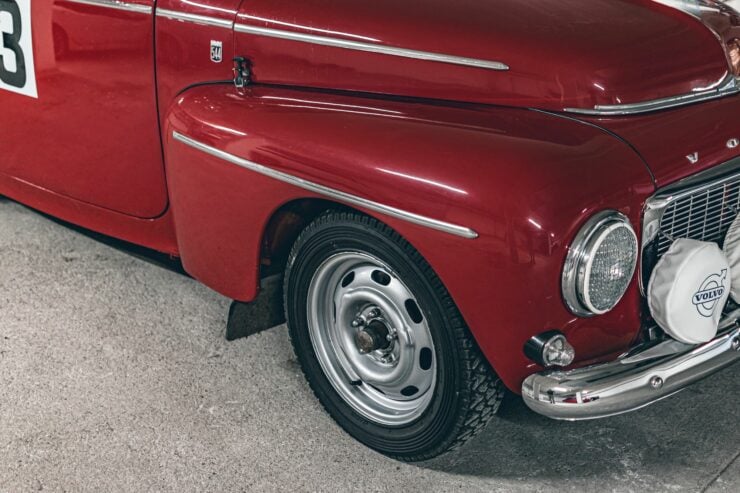
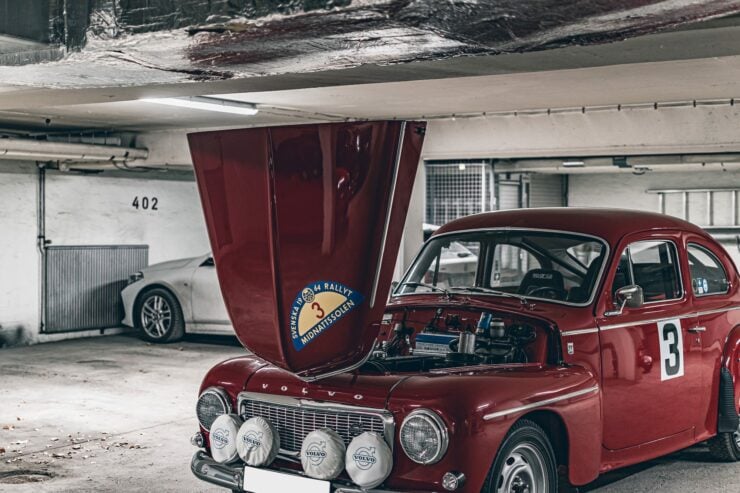
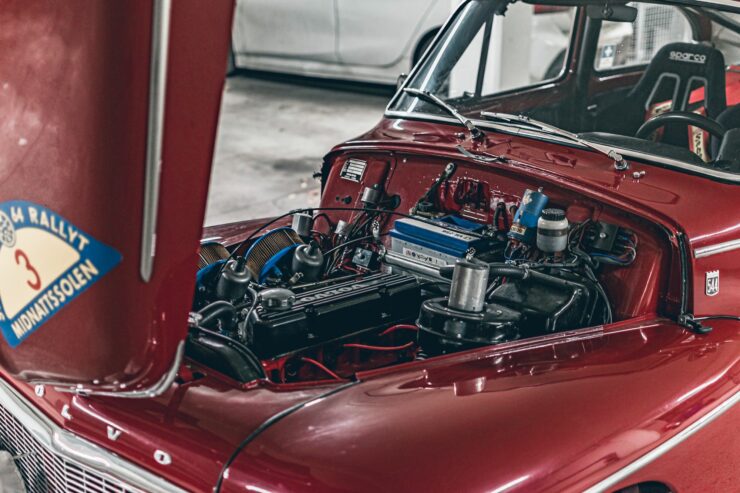

Images courtesy of Collecting Cars
The post Rally-Ready: An FIA-Approved Volvo PV544 Sport appeared first on Silodrome.
from Silodrome https://silodrome.com/volvo-pv544-sport/
via gqrds